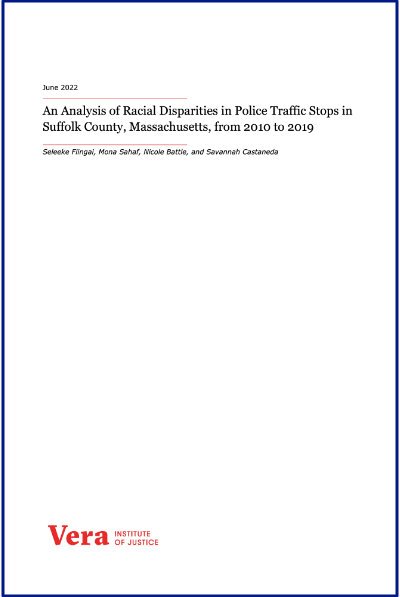By the Nashville Community Oversight Board
National and local high-profile police killings have brought greater scrutiny to police use of force and have spurred conversations about police accountability across the country and in Nashville. As Metro Nashville Community Oversight (MNCO) itself was born from community outcry in response to multiple fatal police shootings, MNCO believes it is imperative to track and analyze trends in the Metro Nashville Police Department’s (MNPD’s) use of force and to propose policy that will reduce excessive force interactions. This report is thus the first annual use of force report that will assess the types of force used by MNPD and how frequently they are used. We will track policy implementation and make further recommendations each year. Using existing datasets provided to MNCO by MNPD weekly, MNCO researchers began investigating MNPD’s current use of force incidents and identifying patterns within these force interactions. Key findings include that Black and Hispanic subjects, both adults and youth, are more likely to be recipients of use of force (especially firearm displays and soft empty hand control techniques); white and male officers are more likely to use force; subject resistance level is a significant predictor of force used; Black people are more likely to have force used against them when they are not coded as resisting officer commands; force usage concentrates in non-white and high-poverty areas of Nashville; and youth who had force used against them by school resource officers were 96% Black and 58% female in 2023. These findings prompted the COB to make the following recommendations: MNPD should include all soft empty hand control usages (regardless of injury status), firearm displays, Taser displays, and accidental discharges in departmental use of force analyses when there is a subject present, including on MNPD’s Use of Force Dashboard. MNPD should revisit and modify its use of force training and reporting mechanisms to include more consistent tracking of resistance levels across all Form 108 types (108, 108F, 108T, and 108NC). To accomplish this, MNPD should update the MNPD Manual to define all terms in the “Subject’s NonCompliance” section in Form 108s. Further, the data provided to MNCO should be updated to reflect this change. MNPD should randomly audit instances from 2022 onward in which officers use force and resistance was not tracked, or was coded as no resistance. This is to include all Form 108, 108F, 108T, and 108NCs. If officers are determined to have used a disproportionate level of force, MNPD should take appropriate disciplinary action. MNPD should create a Peer Review Panel where supervisors or peers can anonymously report officers who they believe are involved in an above-average number of violent encounters. This panel should be supported by part-time staff who, in addition to serving on the panel, study policecommunity violence and create interventions that would combat such violence. MNPD should use a comparative method based on their force and resistance continuums to evaluate when officers are using force that is disproportionate to resistance, even when force levels are low. The establishment of such a method should be done in consultation with MNCO and with community input such that community perception of force is prioritized in MNPD’s assessment of force and resistance. This comparative method should be incorporated into MNPD’s Early Intervention System and should flag officers who repeatedly use a level of force disproportionate to resistance. Additionally, a review of each officer’s use of force from the prior year should be included in their annual performance evaluation to identify officers who are involved in a disproportionate number of force incidents or who are frequently using excessive force. MNPD should develop use of force policies and training specific to interactions with youth, modeled after best practice policies from organizations like Strategies for Youth. These policies and training should discuss de-escalation, officer presence, communication style, allowed/disallowed uses of force, disparate force across race and gender, and other topics as deemed necessary. Such policies must address that force of any kind must be consistent with the age, body size, disability status, relative strength, and risk posed by the youth. MNPD should electronically notify MNCO staff every time MNPD staff use force in Metro Nashville Public Schools. Such notification should be delivered in a monthly report that includes information including but not limited to officer name, incident number, school location, subject demographics, type of force used, and incident report narrative. MNPD should modify its implicit bias training to address the bias officers may have against entire neighborhoods based on the racial and socioeconomic makeup of those neighborhoods. These trainings should include paid representatives and trainers from the Nashville community who can serve as consultants and speak to the histories of their community and the issues they face, and should be precinct- and neighborhood-specific. MNPD should train recruits and officers in procedural justice principles, focusing on both internal and external standards. Such training should be standalone, repeated annually, and follow evidence-based standards demonstrated to be efficacious. MNPD should modify its use of force forms to include checkboxes for all de-escalation techniques (as outlined in section 11.10.030(M)) used by officers. These techniques should be tracked and analyzed as to how they relate to officer use of force. MNPD should modify its de-escalation policy and training to include specific stipulations on procedural justice. These should address active/empathetic listening, nonverbal communication, word choice, and de-escalation techniques that are grounded in procedural justice principles such as rapport-building. MNPD should continue to focus recruitment on non-white and female candidates until all ranks of the department are staffed with representation at levels significantly closer to Nashville’s demographic makeup. While this report provides a comprehensive overview of current use of force patterns within MNPD, MNCO researchers hope to continue investigations into topics such as use of force by school resource officers, the impact of precision policing tactics on use of force patterns, and community perceptions around police use of force.
Nashville, TN: Community Oversight Board, 2023. 43p





















